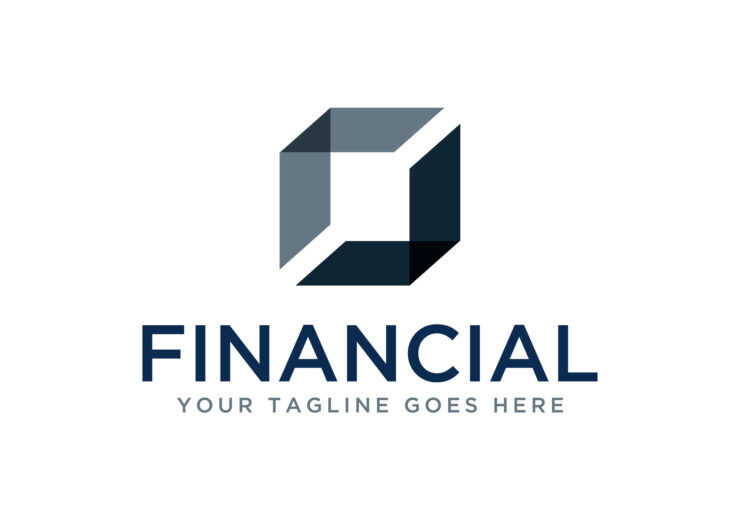Strategic Investments in Customer Acquisition: Breaking Budget Barriers

By Xav Harrigin-Ramoutar
Introduction
In the evolving landscape of banking, the approach to acquiring new customers has significant implications for financial stability and growth. Traditionally seen as a marketing expense, customer acquisition is often constrained by rigid budget limits. However, by shifting this perspective to view it as an investment, community financial institutions can unlock sustained profitability and strategic growth. This article explores how this shift can positively impact financial planning and stability, especially by focusing on loan products and net interest income to offset the cost of customer acquisition (COCA).
The Traditional View: Customer Acquisition as a Marketing Expense
Customer acquisition is typically viewed as a marketing expense, confined within the constraints of a pre-set budget. This perspective categorizes customer acquisition efforts—such as advertising campaigns, promotional activities, and outreach programs—as costs to be minimized. Consequently, when marketing budgets are exceeded, even successful campaigns are often halted. This limitation arises from a narrow focus on immediate expenditures rather than returns. By treating customer acquisition solely as a marketing expense, community financial institutions may overlook the substantial revenue these new customers generate through loan products and other financial services.
The Investment Perspective: A Paradigm Shift
Viewing customer acquisition as an investment offers several benefits. It promotes sustained revenue growth by focusing on long-term customer value, particularly through loan products that generate interest income. Budget rejuvenation occurs when profits from new customers replenish and expand marketing budgets. This approach aligns with strategic financial planning, encouraging institutions to consider broader financial impacts and potential returns. By shifting to an investment mindset, community financial institutions can achieve greater financial stability, leveraging each new customer not just as an expense, but as a significant contributor to long-term profitability.
Benefits of Viewing Customer Acquisition as an Investment
Viewing customer acquisition as an investment has several benefits that positively impact financial planning and stability:
- Sustained Revenue Growth: By focusing on long-term customer value, institutions can ensure a steady income stream from new customers, especially through loan products that generate ongoing interest income. This approach more than offsets the cost of customer acquisition (COCA) and supports long-term financial health.
- Budget Rejuvenation: Profitable customer acquisition campaigns generate revenue that can be reinvested into future marketing efforts. This rejuvenation allows institutions to maintain dynamic and effective marketing strategies without being constrained by initial budget limits.
- Strategic Financial Planning: Treating customer acquisition as an investment aligns with broader financial goals. It encourages a comprehensive view of financial planning, considering the potential long-term returns rather than just immediate costs. By comparing customer acquisition investments to other financial investments, institutions can make informed decisions that support sustained growth and stability, enhancing overall financial resilience.
Micronotes: A Case Study
Micronotes provides a compelling example of the benefits of treating customer acquisition as an investment. Community financial institutions can utilize Micronotes’ vertically integrated marketing automation technology to identify and target new customers for loan products. By focusing on these high-value prospects, financial institutions can successfully generate substantial net interest income that far exceeds the cost of customer acquisition (COCA).
Micronotes’ Growth Opportunity Analysis enables these institutions to size opportunity within the branch footprint and tailor their campaign strategies to meet specific needs and preferences.
The Role of Big Data and Automation
Big data and analytics play a crucial role in demonstrating the ROI of customer acquisition as an investment. Micronotes’ vertically integrated marketing automation technology stack processes 230MM credit records per week and enables community financial insttitutions to know where every dollar of mispriced debt or lending opportunity is with creditworthy prospects in their operating footprint, then generate campaigns to acquire those prospective accountholders at a profit.
Overcoming Reluctance: Practical Steps
To shift from viewing customer acquisition as a marketing expense to an investment, institutions can adopt several practical steps:
- Education and Communication: Inform CFOs and decision-makers about the real returns of customer acquisition investments. Highlight successful case studies and demonstrate real, fully-loaded, returns.
- Pilot Programs: Implement small-scale pilot programs to showcase the effectiveness of acquisition campaigns, providing tangible evidence of their value.
- Flexible Budgeting: Introduce flexible budgeting practices that allow for reallocations based on campaign performance, ensuring successful initiatives receive adequate funding.
These steps can help overcome budget constraints and encourage a strategic, investment-focused approach to customer acquisition.
Conclusion
Reframing customer acquisition as an investment can significantly enhance the financial planning and stability of community financial institutions. By leveraging marketing automation and adopting a long-term perspective, institutions can achieve sustained growth and profitability, transforming customer acquisition into a strategic asset.




